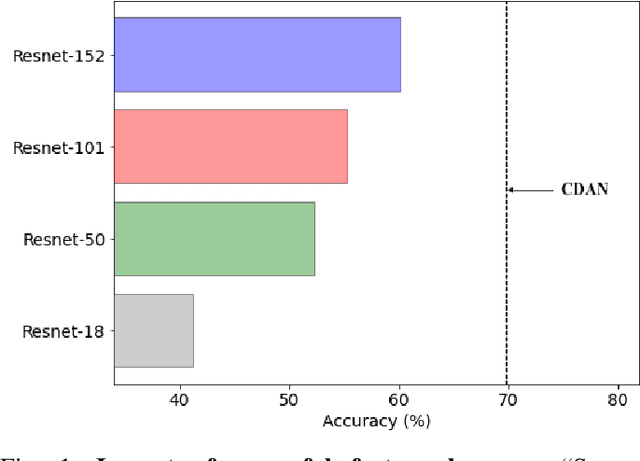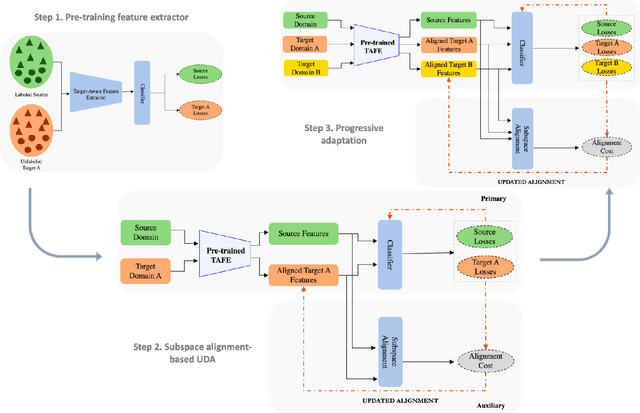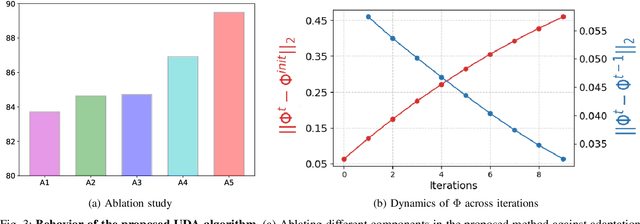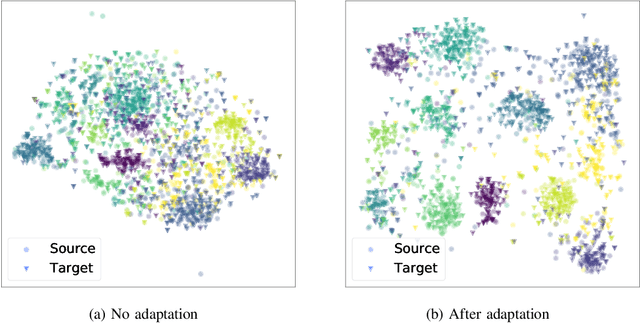Jayaraman J Thiagarajan
Revisiting Deep Subspace Alignment for Unsupervised Domain Adaptation
Jan 05, 2022



Abstract:Unsupervised domain adaptation (UDA) aims to transfer and adapt knowledge from a labeled source domain to an unlabeled target domain. Traditionally, subspace-based methods form an important class of solutions to this problem. Despite their mathematical elegance and tractability, these methods are often found to be ineffective at producing domain-invariant features with complex, real-world datasets. Motivated by the recent advances in representation learning with deep networks, this paper revisits the use of subspace alignment for UDA and proposes a novel adaptation algorithm that consistently leads to improved generalization. In contrast to existing adversarial training-based DA methods, our approach isolates feature learning and distribution alignment steps, and utilizes a primary-auxiliary optimization strategy to effectively balance the objectives of domain invariance and model fidelity. While providing a significant reduction in target data and computational requirements, our subspace-based DA performs competitively and sometimes even outperforms state-of-the-art approaches on several standard UDA benchmarks. Furthermore, subspace alignment leads to intrinsically well-regularized models that demonstrate strong generalization even in the challenging partial DA setting. Finally, the design of our UDA framework inherently supports progressive adaptation to new target domains at test-time, without requiring retraining of the model from scratch. In summary, powered by powerful feature learners and an effective optimization strategy, we establish subspace-based DA as a highly effective approach for visual recognition.
 Add to Chrome
Add to Chrome Add to Firefox
Add to Firefox Add to Edge
Add to Edge